8 Reasons to Let Your Kids Read Graphic Novels
This post may contain affiliate links.
(originally published in 2010)
Guess what?! Comics and graphic novels count as credible reading materials and aren’t just for reluctant readers.
The truth is children need both variety and choice to become good readers. Meaning, they need nonfiction, different genres of fiction, and different formats of books.
Graphic novels give readers a variety in format. And of course, reluctant readers often are more enthusiastic about reading graphic novels like in this story about Rose, written by her mom and author Victoria Hanley.
But first . . .
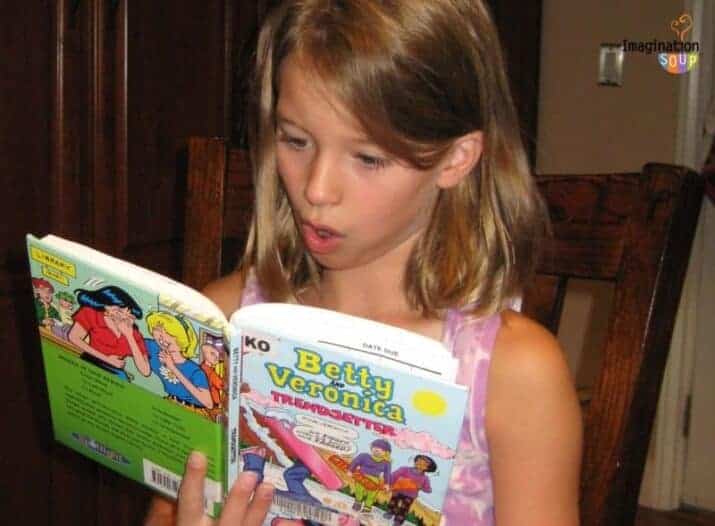
What Is a Comic, a Graphic Novel, and a Manga?
First, let’s define the terms comic, graphic novel, and manga before we continue.
“Comics, like music, are a medium. The graphic novel is a format used to deliver the medium like a cd is a format for delivering music. A graphic novel is just a longer format comic book,” explains John Shableski aka The Graphic Novels Guy and my go-to source for everything comic.
Shableski patiently explains that graphic novels are NOT a genre. Even if you read it on well-known sites.
He elaborates, “The term graphic novel is really a misnomer. Graphic implies art and the word novel adds even more confusion. People are often confused by the use of the word graphic because they think it implies pornography. Now we can use terms like graphic nonfiction, graphic fiction, graphic mysteries etc. to describe the many genres within the comics storytelling world.”
Manga is the Japanese term that describes a comic format. For adults, it is a challenge to read mangas because they are read backward. In other words, they’re read right to left not left to right. But kids of any reading level have an amazing ability to adapt to the format. Part of it is due to the fascination with the stories and the other is because most adults can’t read it. Be cautious with mangas because there are many choices with mature content.
(By the way, I can’t read mangas! Can you?)
Hopefully, you’re clear about the differences between these terms now. Let’s move on…

8 Reasons to Let Your Kids Read Graphic Novels
1. They are fun to read.
Why does reading have to be miserable? It doesn’t. Which is why I love to read YA more than Dickins. While I do read literature, it’s not always fun.
2. Graphic novels contain the same story elements and literary devices as narrative stories — characters, conflict, resolution, setting, symbolism, theme, point of view, and so forth.
This is important to consider because good readers need to understand literary devices and narrative elements and use those to comprehend what they read.
3. The visual format provides built-in context clues.
Because comics are visual, even if the text is difficult, the visuals give the reader support in comprehending the story. Just like good readers use the picture clues in a picture book to support their understanding of the story, good readers reading graphic novels do the same thing.
4. Reading a graphic novel is a different process of reading requiring a lot of inference.
With a comic, readers must rely on the dialogue, transition text, and the illustrations. The reader is required to infer what is not written out by a narrator, a complex, high-level reading strategy. The next time you read a comic strip like Peanuts, consider what is not said that you inferred to make sense of it.
5. Readers need variety in their reading diet.
We can’t read one thing all the time or we’ll get bored and stop growing as readers.
6. We’re a visual culture and the visual sequence of comics makes sense to kids.
7. Reading comics may lead to drawing and writing comics.
Linking reading and writing is important. Comic book creation is particularly enticing for kids who prefer drawing to writing normally but make exceptions for dialogue bubbles.
8. The growing selection of choices is bigger, better, and reaches a wider age-range than ever before.
Every month more titles enter the market for younger readers and provide high-quality reading choices from which to choose.
Parent and Teacher Graphic Novel Resources
Graphic Novels Teachers Should Take Seriously (& Use in the Classroom)
Build reading skills with comics
Reading with Pictures is a non-profit that advocates the use of comics in the classroom.
BEST graphic novel book recommendations for kids
Family Friendly Denver Comic Con
You Might Also Like:

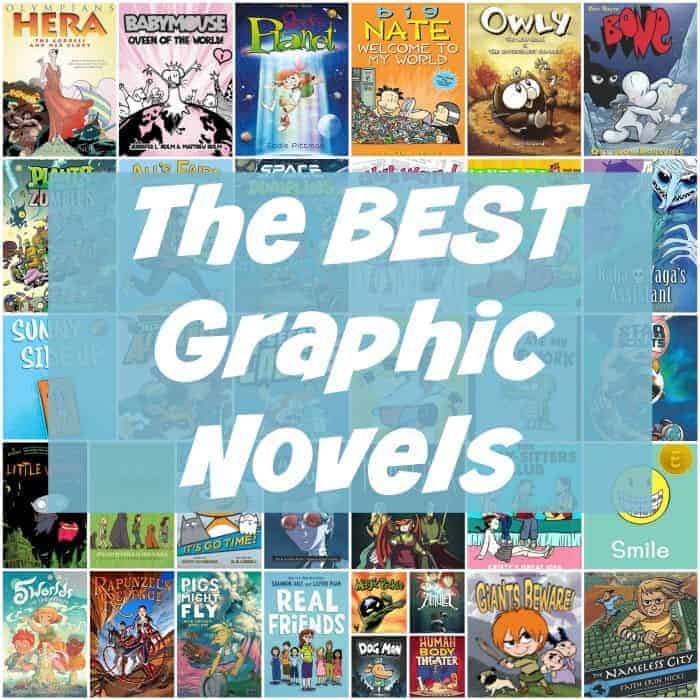
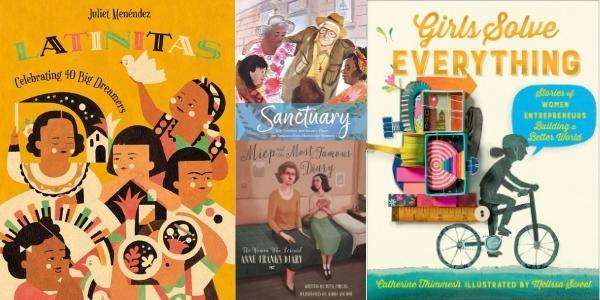

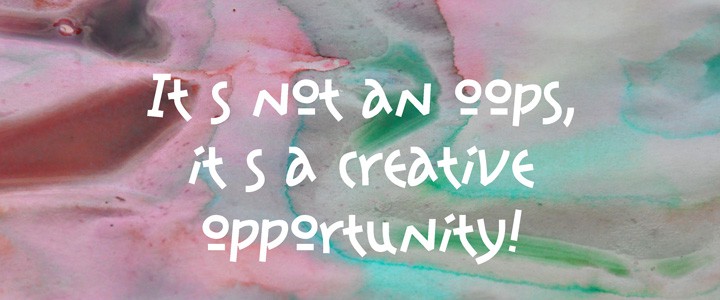
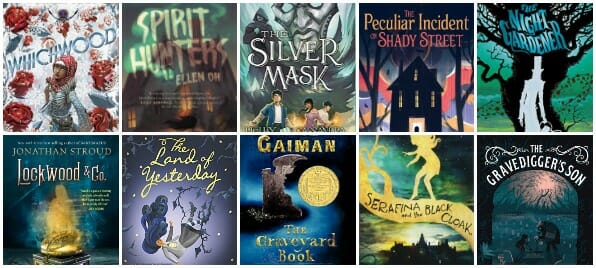
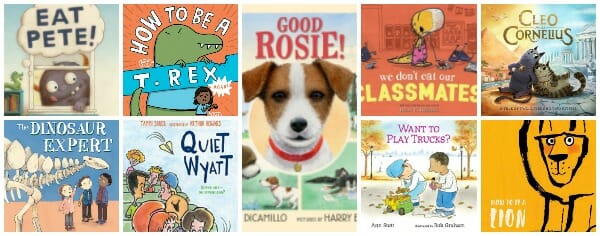
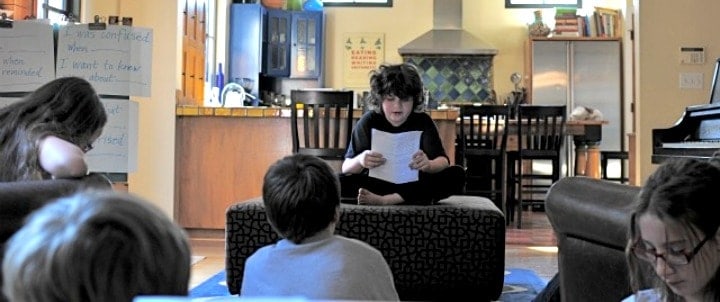
Awesome post and very viable reason.
I myself read Marvel, some Dc comics and a bit of other comics. I did have a love of reading, fantasy and a bit of talent when it came to drawing.
I had to give it up when I got married – all the “be an adult thing” but when my kids came a long, oh I had fun bringing out the old comic book collection and wowing them with my minimal drawing skills.
I don’t think comics motivated my children to read, but they did enjoy them are avid readers just like me.
Again, great post.
Comic Book Classroom has been doing this for years. (comicbookclassroom DOT org) We’re a 501c3 that promotes literacy through comics in the classroom and our free after-school curriculum. We raise funds for the program through the Denver Comic Con (denvercomiccon DOT com) – which after 3 years is the 3rd largest pop-culture event in the U.S.; the con has over 300 hours of programming aimed at educating teachers, kids and the general public about the value of comics and other media to encourage kids to learn and read.
Great article! I’m sharing on my fb page. Anything that gets kids reading and excited about stories is a good thing!
The school librarian started my son out with Bone by Jeff Smith in 3rd grade… he LOVES them, we bought them all, he still goes back to them from time to time. The best part now is he will read real books.
Great post, Melissa! When I taught 6th grade 40+ years ago I found comics to be the one and only tool I had for a few children who were sadly far behind grade level. Comics were devoured! I think of those children often now in relation to the variety I could offer today.
So true – the quality and quantity keep improving and growing!